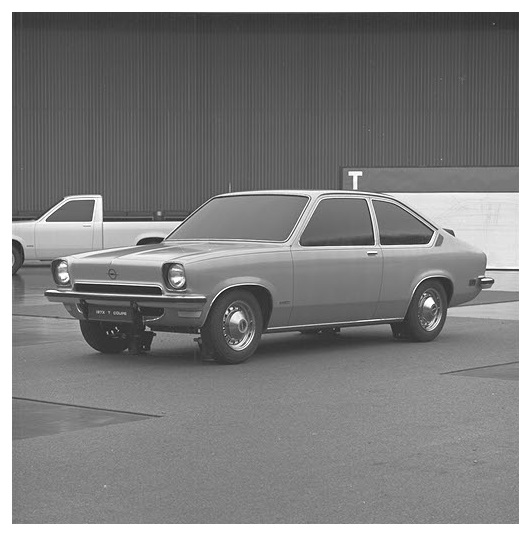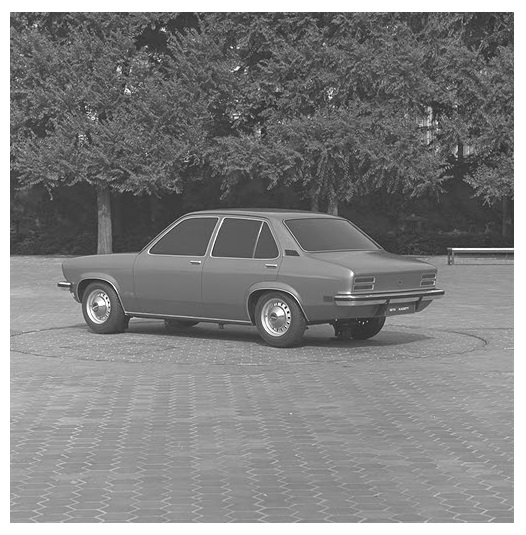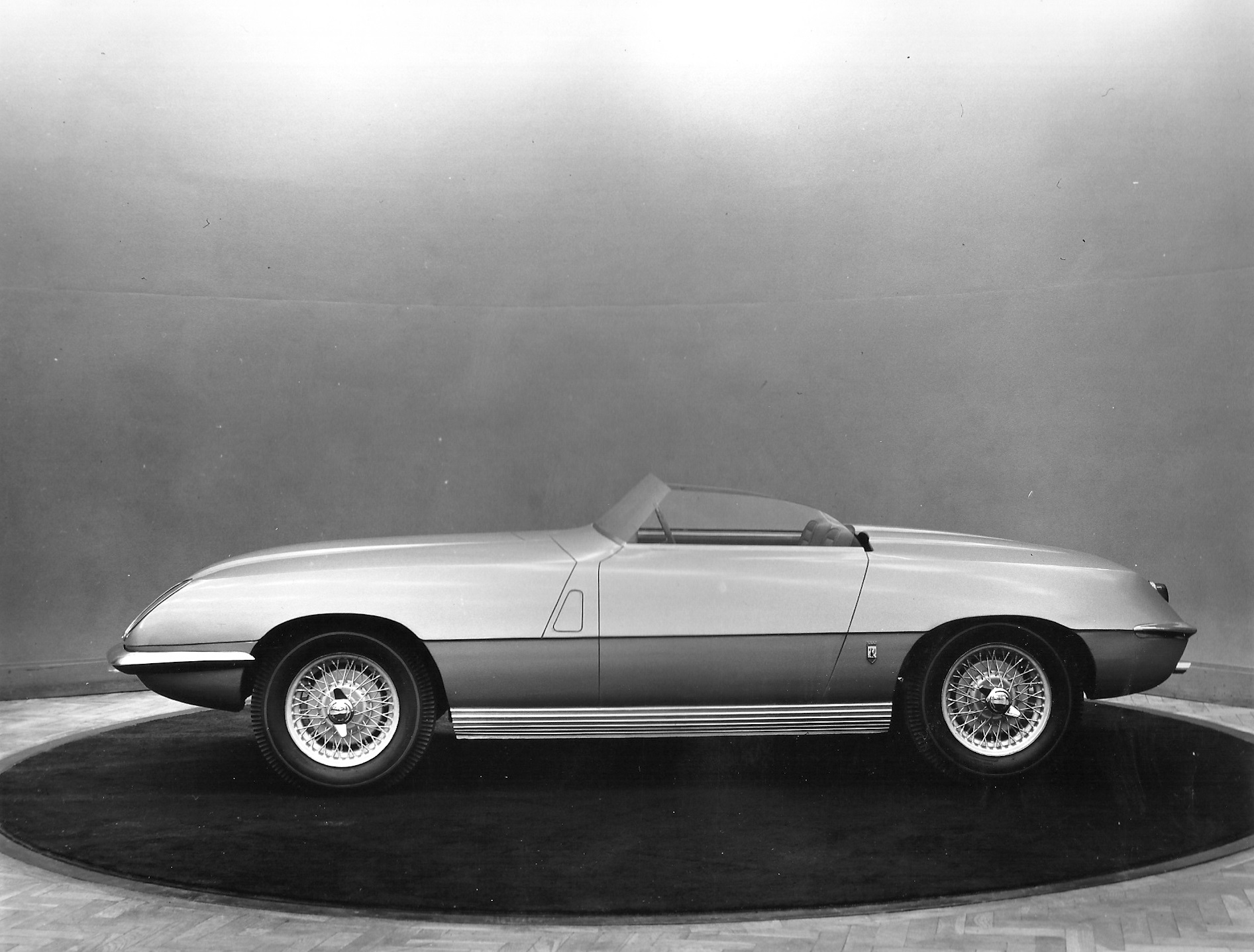Although I understand the impetus behind Vauxhall building small cars in the UK market, appealing to both an economy and size conscious urban buyer, I do not follow why Opel moved effectively down market as Germany itself moved upward towards luxury and performance. it is as if the GM managers were building towards the impoverished post-war era rather than follow the consumer or that they could never accept that Germany had design, engineering and status beyond the Volkswagen Beetle. Perhaps we need something to get corporate to see Opel as one of its technology and performance centers, focusing on the smaller sized but no less quality models as an Oldsmobile or Buick, adding performance in handling especially rather than straight line power. This would give GM the needed expertise and models to respond to the oil shock with something other than the sub-compact. This is not to say the Vega or Chevette is junk, but GM had to rush to market rather than draw from another division already there. So I do like your idea I think it opens better doors for GM to continue its dominance and become a better global company. GM needs to see its foreign holdings as another part of the overall company rather than step-children.
In my own thinking on a different Germany I have pondered Opel a lot (Ford too). As an aside I have Opel build the Korvette as its sports coupe, fitting the naval theme for names. I feared I might have butterflied the Corvette itself and I felt sad. I have Opel filling better the middle range in Germany, leaning upwards, so it better compares to Audi or BMW, Horch and Mercedes being top, the lower rungs held by DKW and Wanderer, Borgward in there somewhere longer too. Here I have Ford stay with lower end cars to sell across Europe and into the colonial holdings as I think Ford was more oriented to the UK and liked to be able to move between its factories to circumvent labor unrest or avoid tariffs. This might mean Vauxhall leans to larger and more sporty cars too, following the Opel lead. It is hard to get economies of scale like Detroit in Europe so I play to the smaller European market slices, something I think pays off beginning in the 1980s or 1970s for me as I sort of shift things ahead a decade.



